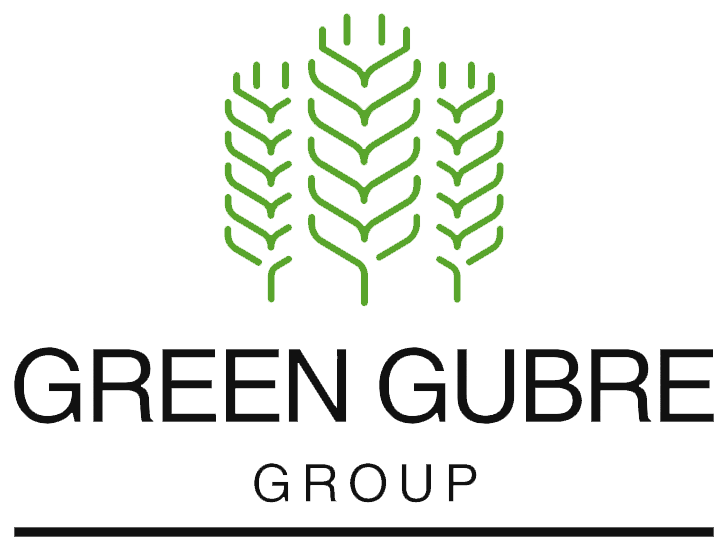Ensuring Quality Control in Urea Production for African Markets
Ensuring Quality Control in Urea Production for African Markets

As Africa’s agricultural sector grows to meet food security and economic goals, the demand for nitrogen-rich fertilizers like urea has surged. However, the quality of urea directly influences crop performance, soil health, and long-term agricultural productivity. Ensuring consistent, high-quality urea production and distribution in African markets is essential for supporting farmers’ efforts to achieve reliable yields. This blog delves into the importance of quality control in urea production, the challenges faced in Africa’s supply chain, and the impact of rigorous standards on sustainable agriculture.
1. Importance of High-Quality Urea for African Agriculture:
Urea is a critical source of nitrogen, a nutrient necessary for plant growth and yield optimization. Quality urea ensures a consistent nitrogen release, improving soil fertility, strengthening plant resilience, and enhancing crop yield potential. However, when urea quality is compromised, it can lead to nutrient deficiencies, stunted crop growth, and ultimately financial losses for farmers. In Africa, where smallholder farmers form the backbone of the agricultural sector, access to reliable and high-quality urea is crucial for sustaining productivity and ensuring food security.
- Nutrient Stability and Crop Growth: High-quality urea supports nutrient stability, minimizing nitrogen loss due to volatilization, especially in warm climates typical of African regions.
- Consistency in Nitrogen Levels: Premium urea provides consistent nitrogen levels across batches, critical for predictable crop growth and efficient nutrient absorption. This predictability is essential for farmers managing tight budgets and optimizing resources.
- Impact on Food Security: By meeting the quality expectations of African farmers, urea suppliers play a vital role in supporting food production across the continent, helping nations achieve self-sufficiency and reduce reliance on imports.
2. Key Challenges in Maintaining Quality Standards in
Urea Production:
Achieving high standards in urea production is a complex process that requires substantial investment in technology, skilled labor, and rigorous testing procedures. African markets face unique challenges in maintaining consistent quality across the supply chain, from production to distribution.
- Limited Infrastructure and Skilled Labor: Many African regions lack access to advanced manufacturing infrastructure, which can impact the quality control processes in urea production facilities. Furthermore, the availability of skilled labor in quality control can be limited, affecting the consistency of urea batches.
- Quality Variation in Imported Urea: Africa imports a significant portion of its urea, but inconsistent quality standards in international suppliers can result in variable nitrogen content. This variability necessitates stringent quality checks before distribution to ensure farmers receive effective products.
- Transportation and Storage Challenges: Urea quality can degrade under unfavorable storage conditions, such as exposure to moisture or extreme heat. Africa’s underdeveloped transport and storage networks pose risks to maintaining urea quality during transit, especially in remote regions.
3. Essential Quality Control Measures in
Urea Production:
To ensure African farmers receive top-grade urea, manufacturers and distributors must adopt robust quality control measures across all stages of production. Implementing these standards not only supports agricultural productivity but also builds trust within the market.
- Regular Testing for Nitrogen Content and Purity: Testing for nitrogen concentration and ensuring low impurity levels is crucial. Nitrogen content should remain within specified ranges to guarantee effective fertilization. Advanced laboratories can conduct tests on granule composition, particle size, and uniformity.
- Granule Size and Consistency Checks: Urea granules should maintain a uniform size to enable even spreading, optimizing nutrient absorption, and reducing waste. Consistent granule size improves application precision, which is especially beneficial for farmers using mechanized spreading tools.
- Moisture Control in Packaging and Storage: Proper moisture control through high-quality packaging and humidity-resistant storage is essential to prevent clumping and nitrogen loss. Implementing specialized coating on granules can also enhance urea stability, particularly in humid climates.
- Supply Chain Traceability: Establishing traceability in the supply chain allows for tracking batches from production to the end-user. This enables manufacturers to recall and address any defective batches swiftly, protecting farmers and maintaining credibility within the market.
4. Collaboration with Local Authorities and Quality Certification:
Achieving quality control in urea production for African markets often involves collaborating with local government bodies, NGOs, and agricultural associations. Certification processes and regular audits of manufacturing plants create a culture of quality and accountability.
- Adhering to International Fertilizer Standards: Aligning production with international standards, such as ISO 9001, and obtaining quality certifications strengthens the reputation of urea suppliers in Africa. This alignment also facilitates easier market entry for imported urea.
- Training and Skill Development Programs: Localized training for workers in quality control practices helps standardize procedures and improve overall urea quality. Partnerships with government agricultural agencies and international organizations can support workforce development in urea manufacturing plants.
- Quality Seals and Assurance for End-Users: Providing certified quality seals on urea packaging helps build trust with farmers, assuring them of the product’s effectiveness. This is especially impactful in regions with limited access to high-quality agricultural products.
5. Benefits of High-Quality
Urea for Sustainable Agriculture in Africa:
As Africa works toward self-sufficiency in food production, consistent urea quality can empower farmers to cultivate resilient, high-yield crops. The benefits of stringent quality control extend beyond productivity to include soil health, economic growth, and sustainable development.
- Enhanced Soil Fertility and Crop Productivity: Reliable urea enables farmers to cultivate nutrient-rich soils, fostering crop resilience and improving overall productivity. This is essential for smallholder farmers aiming to maximize yields from limited land resources.
- Support for Rural Economic Growth: Urea suppliers committed to quality standards contribute to the economic vitality of rural areas by offering products that drive agricultural profitability. Successful harvests generate income, enabling farmers to reinvest in their operations.
- Building a Resilient Agriculture Sector: High-quality fertilizers, like urea, play a key role in supporting sustainable farming practices. Consistency in fertilizer quality encourages responsible usage, reducing the risk of over-fertilization and promoting environmentally friendly practices.
Conclusion:
Quality control in urea production is fundamental to Africa’s agricultural success and food security goals. By adopting rigorous quality standards, manufacturers and suppliers can ensure that African farmers receive high-grade urea, allowing them to achieve reliable yields and promote soil health. As Africa’s agriculture sector expands, a commitment to quality control in fertilizer production will be essential for creating a sustainable, resilient food system. Through collaboration with local authorities, investment in infrastructure, and adherence to best practices, urea suppliers can strengthen their role in Africa’s agricultural growth.




